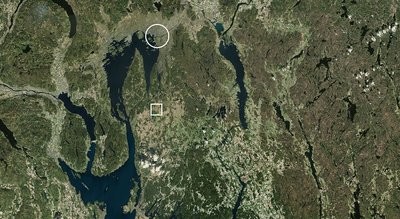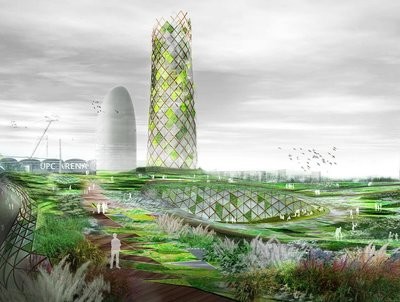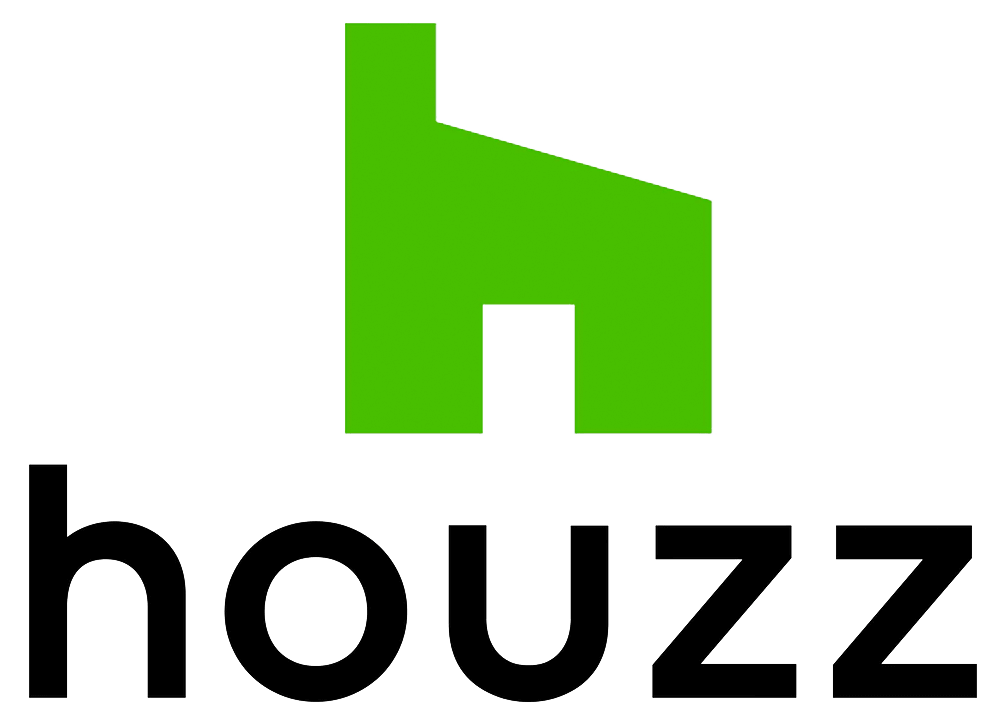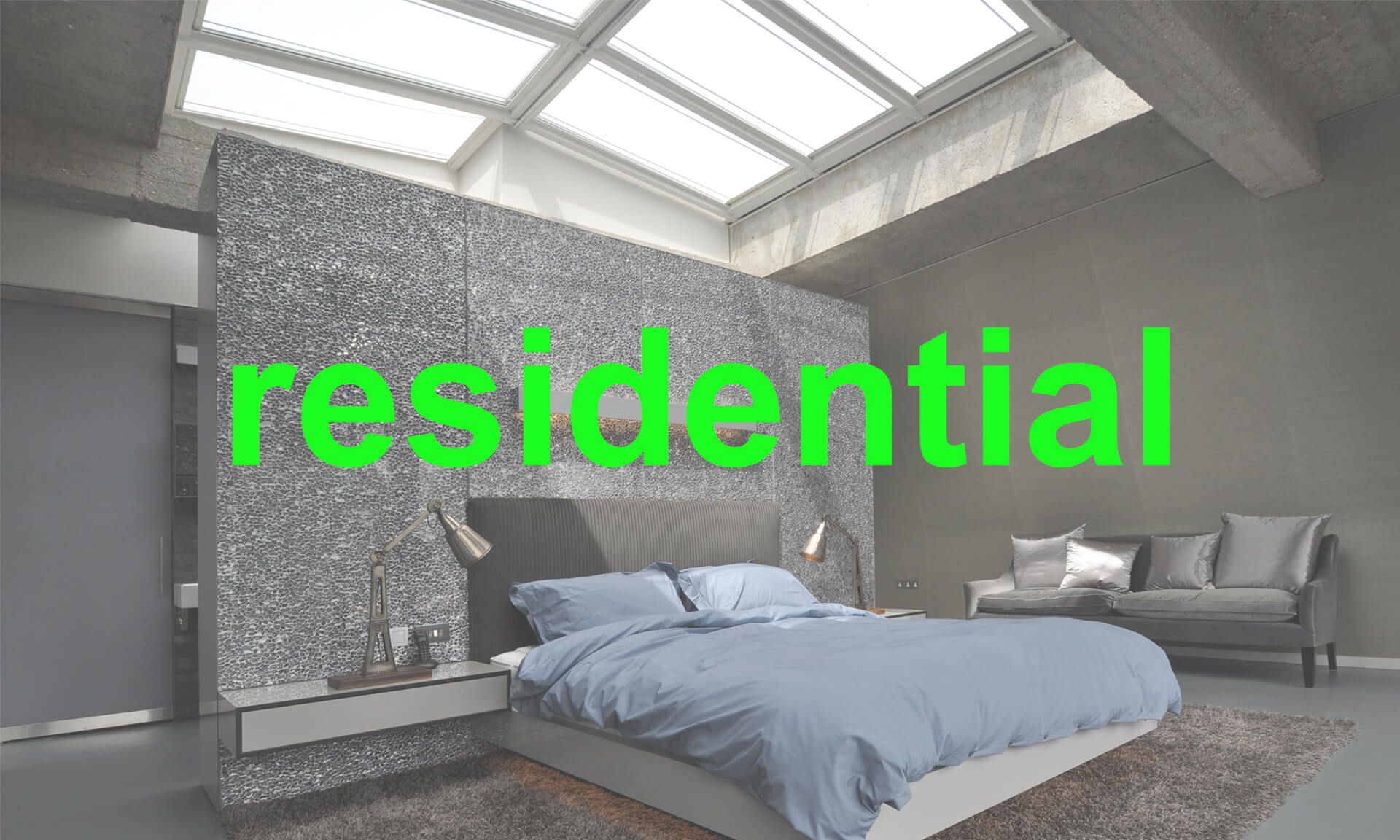
residential
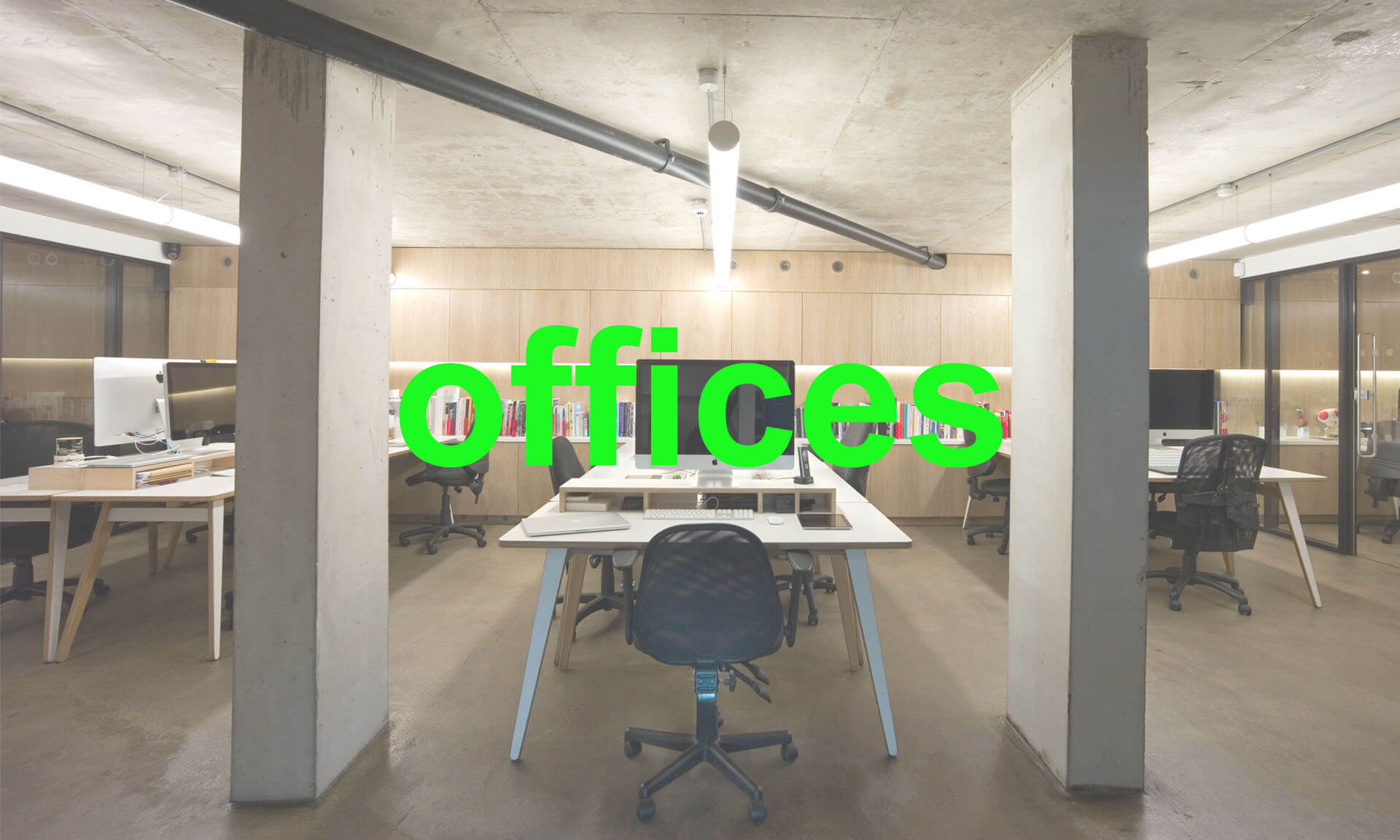
offices
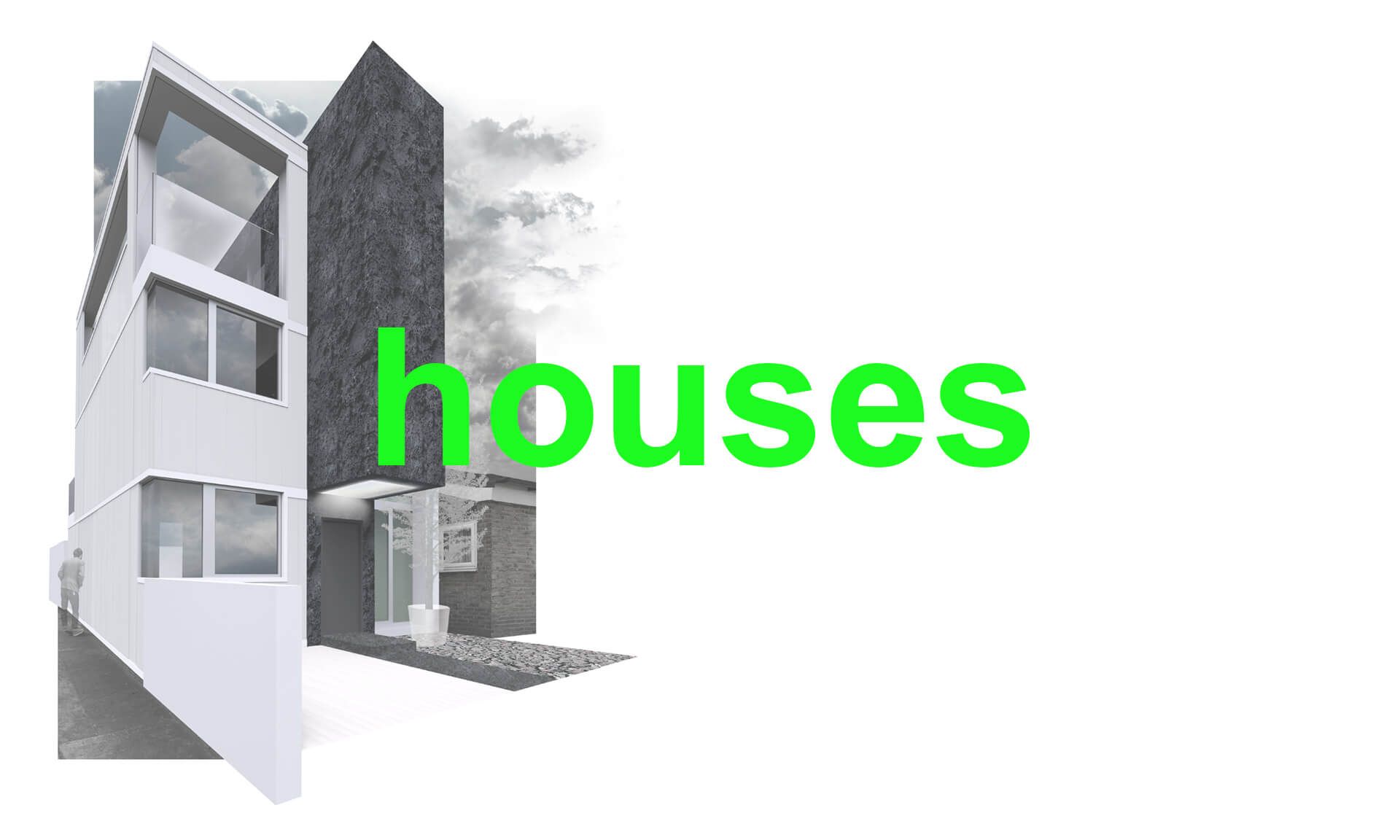
houses
Write your caption hereButton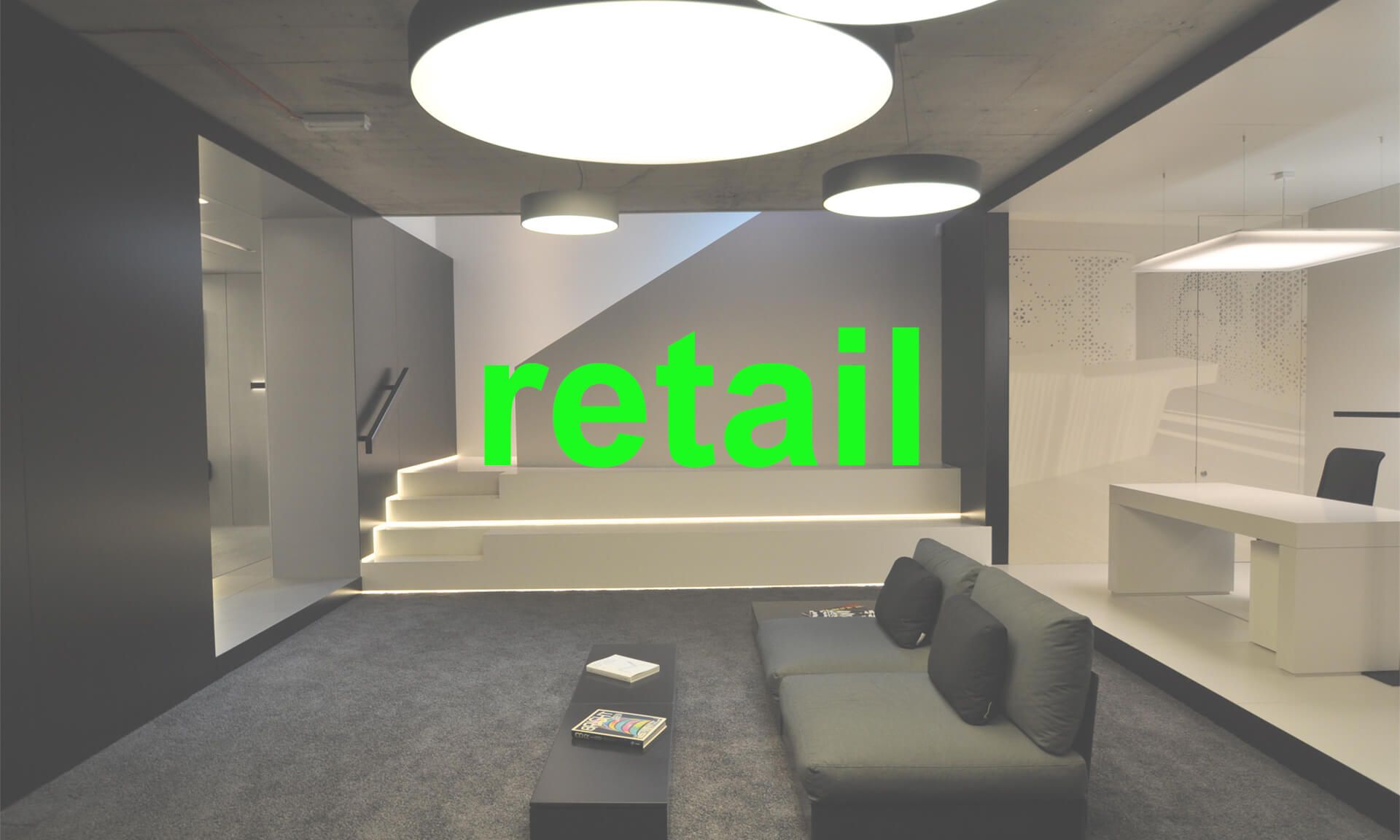
retail
Write your caption hereButton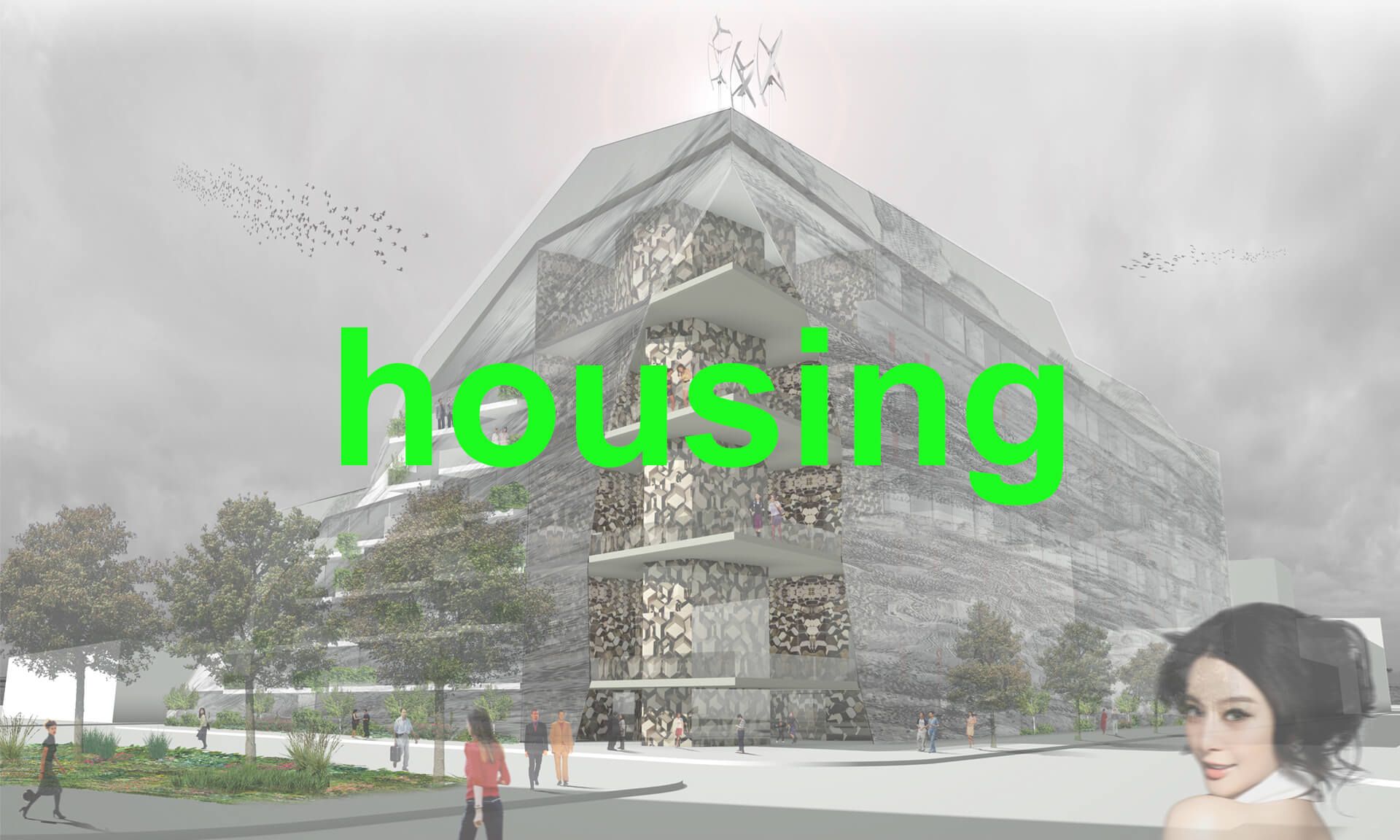
housing
Write your caption hereButton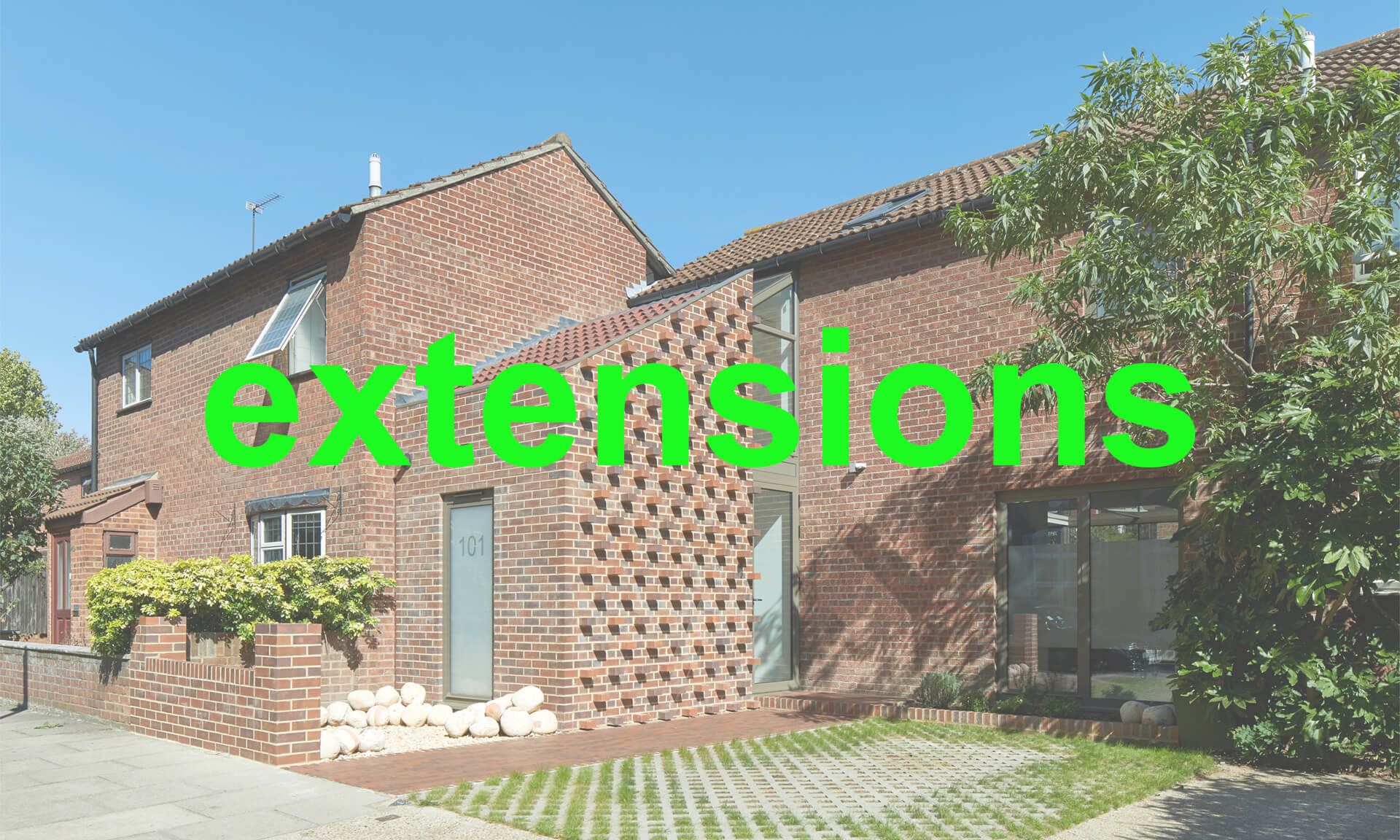
extensions
Write your caption hereButton
conversion
Write your caption hereButton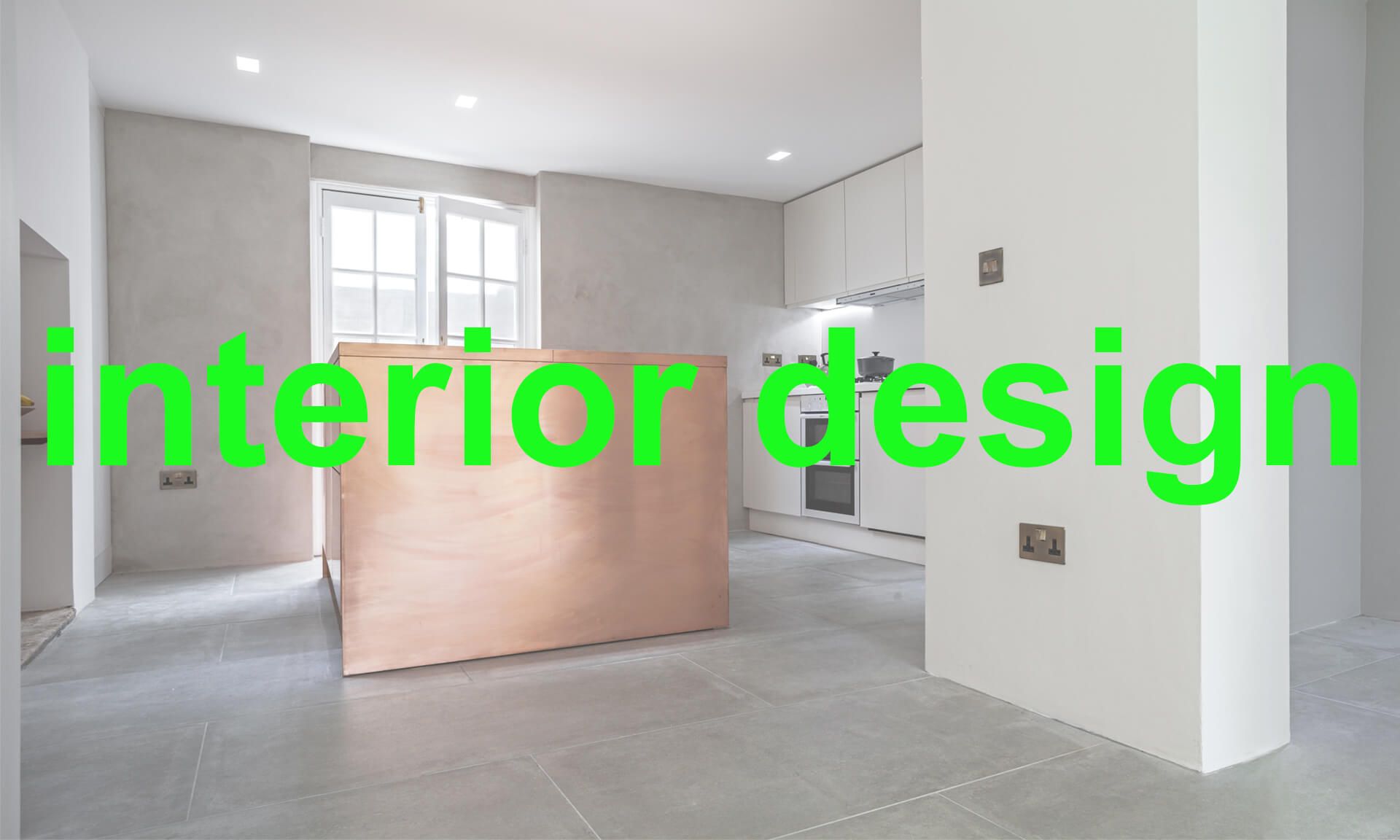
interior design
Write your caption hereButton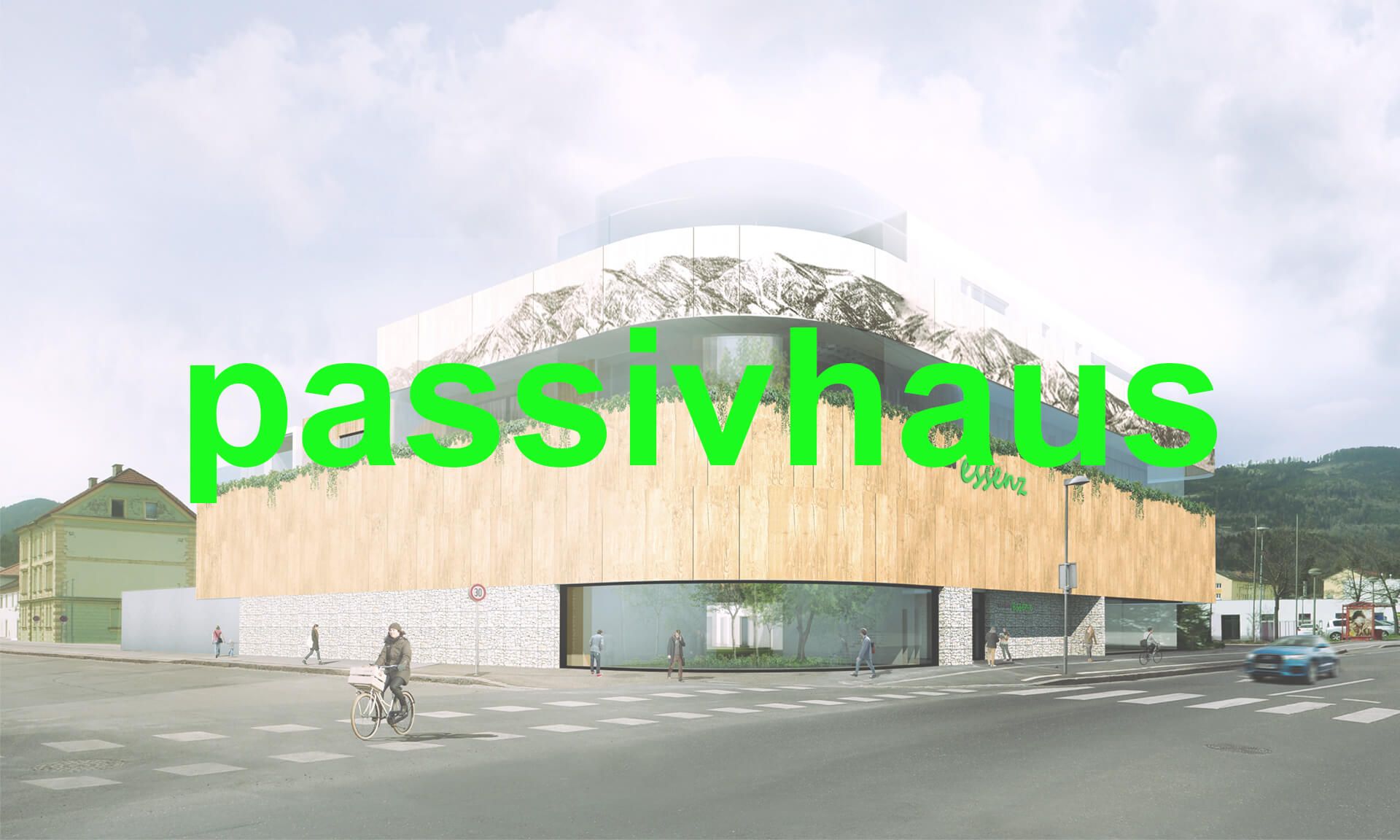
passivehaus
Write your caption hereButton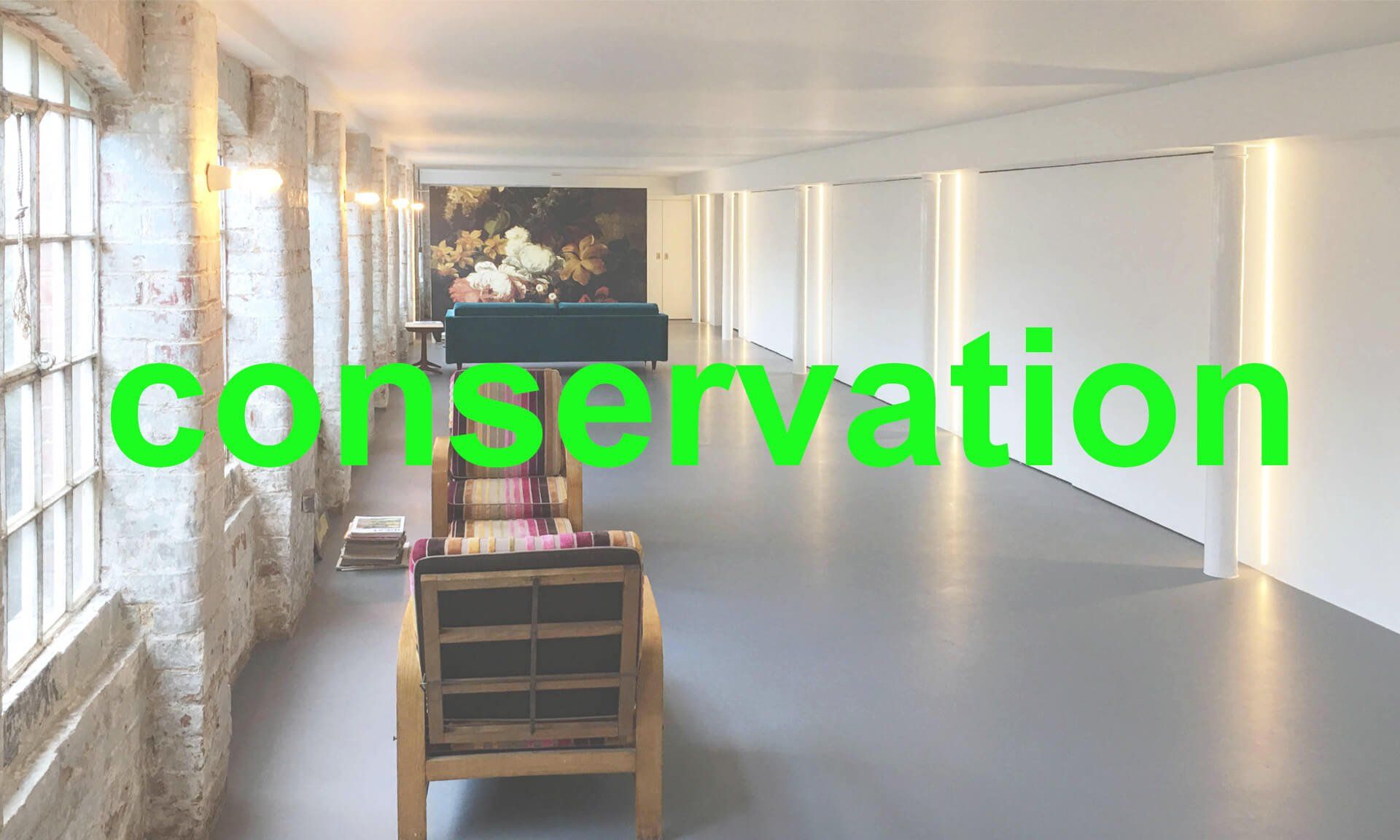
reservation
Write your caption hereButton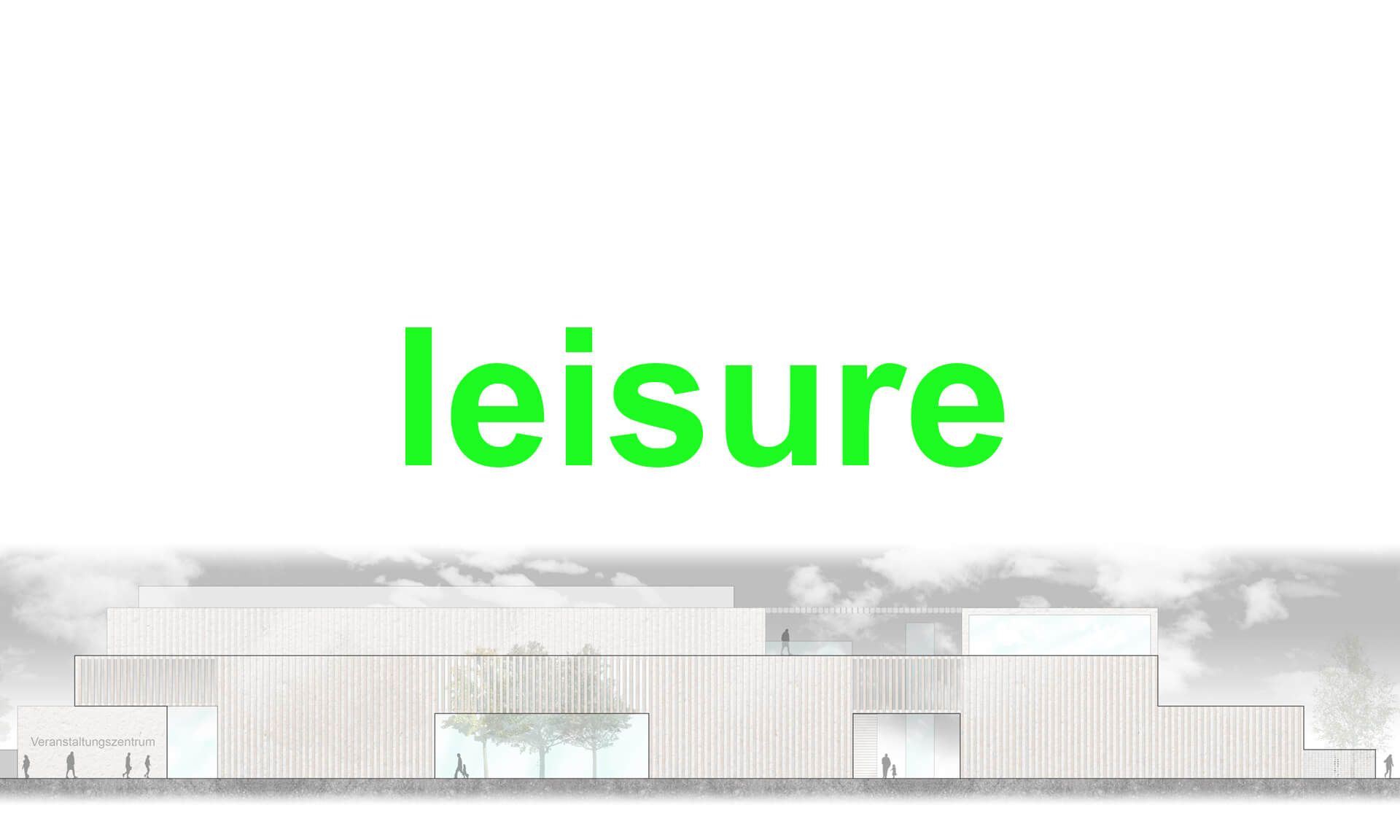
leisure
Write your caption hereButton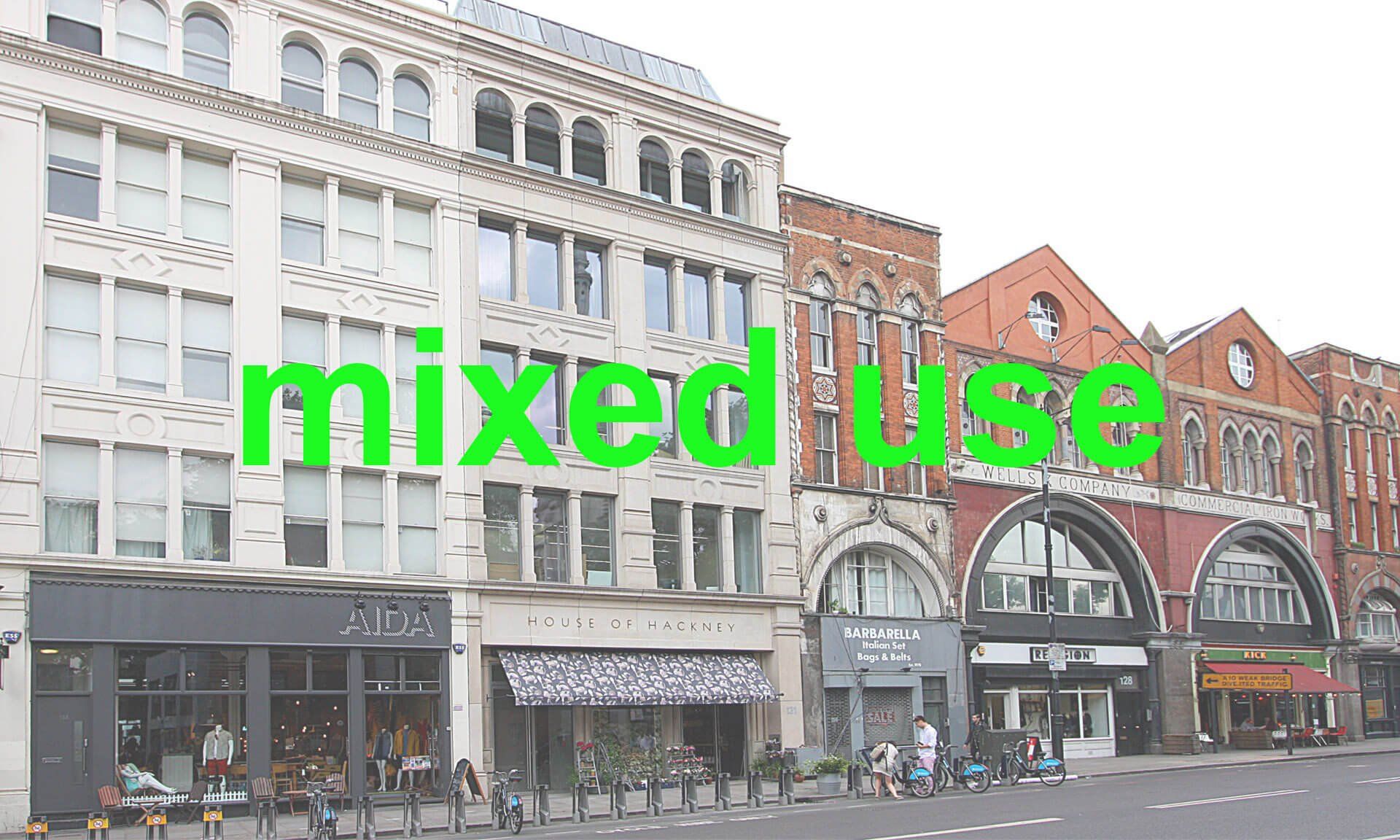
mixed use
Write your caption hereButton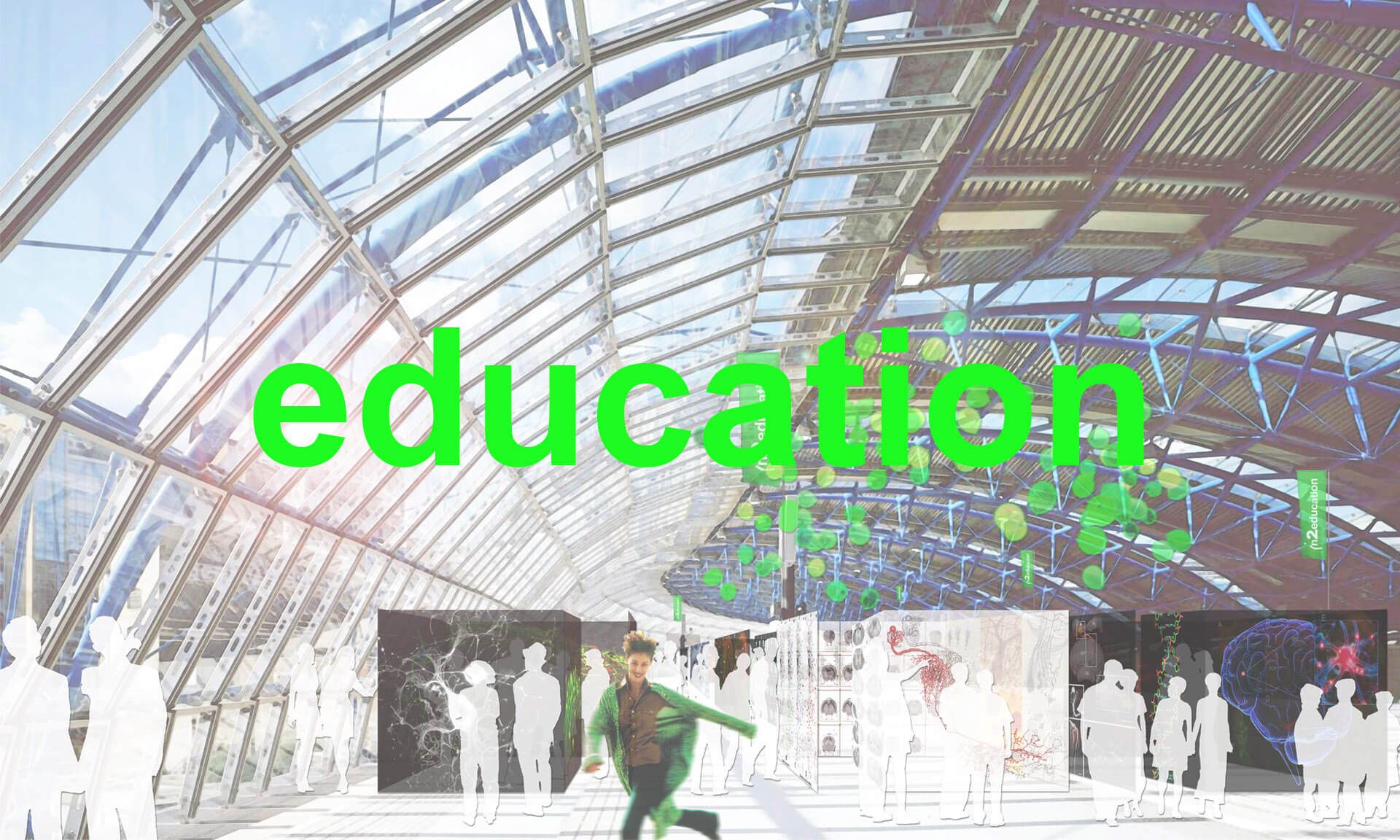
education
Write your caption hereButton
master planner
Write your caption hereButton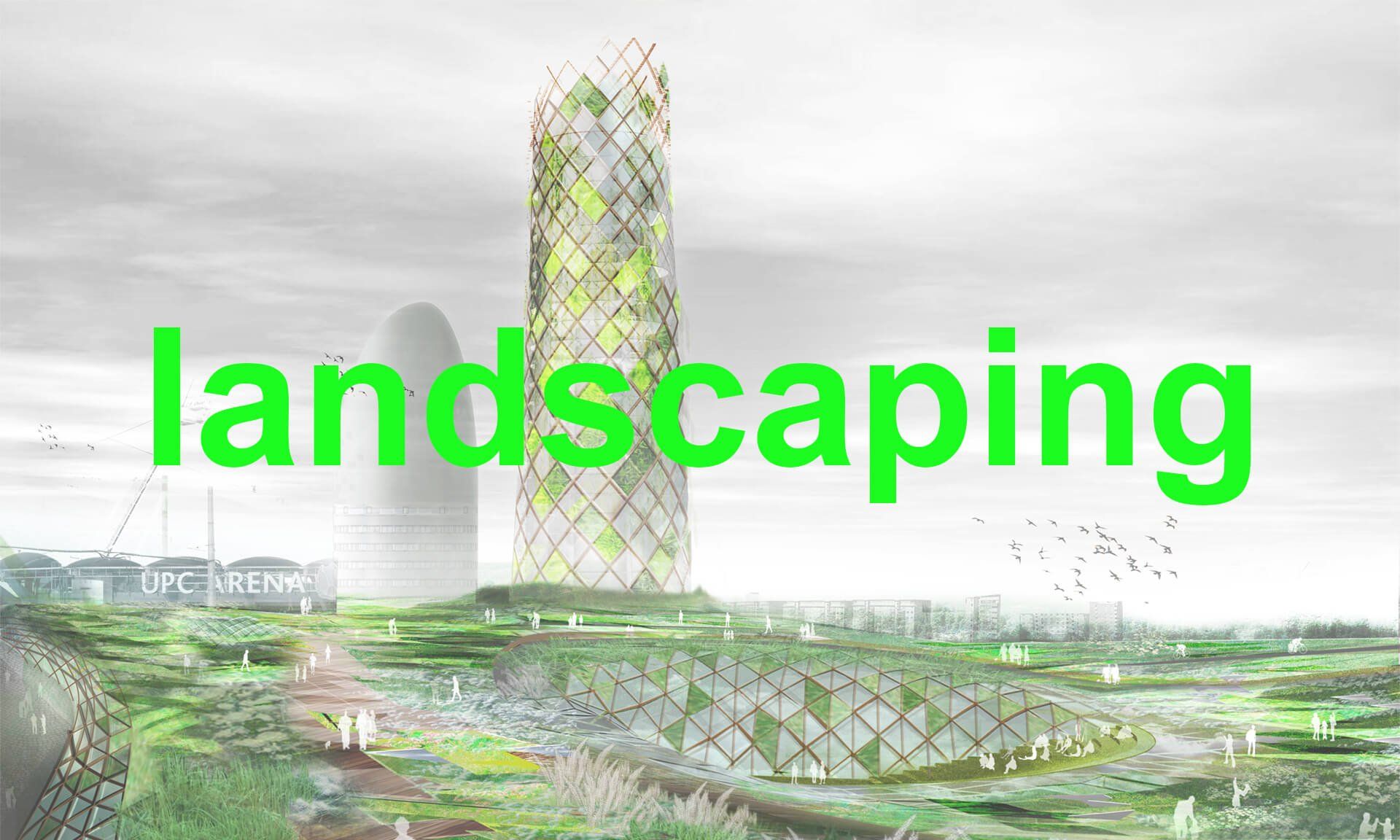
landscaping
Write your caption hereButton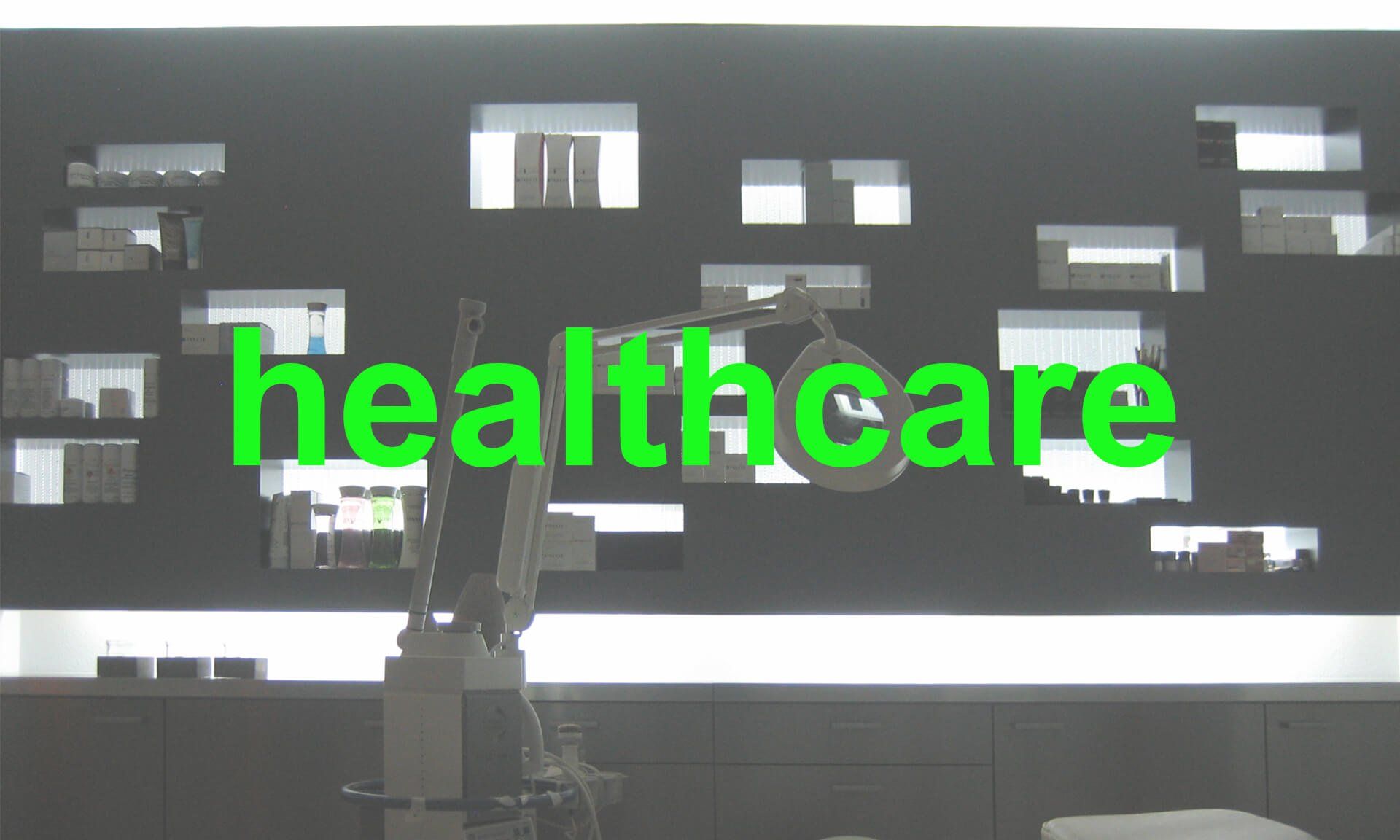
healthcare
Write your caption hereButton
religious
Write your caption hereButton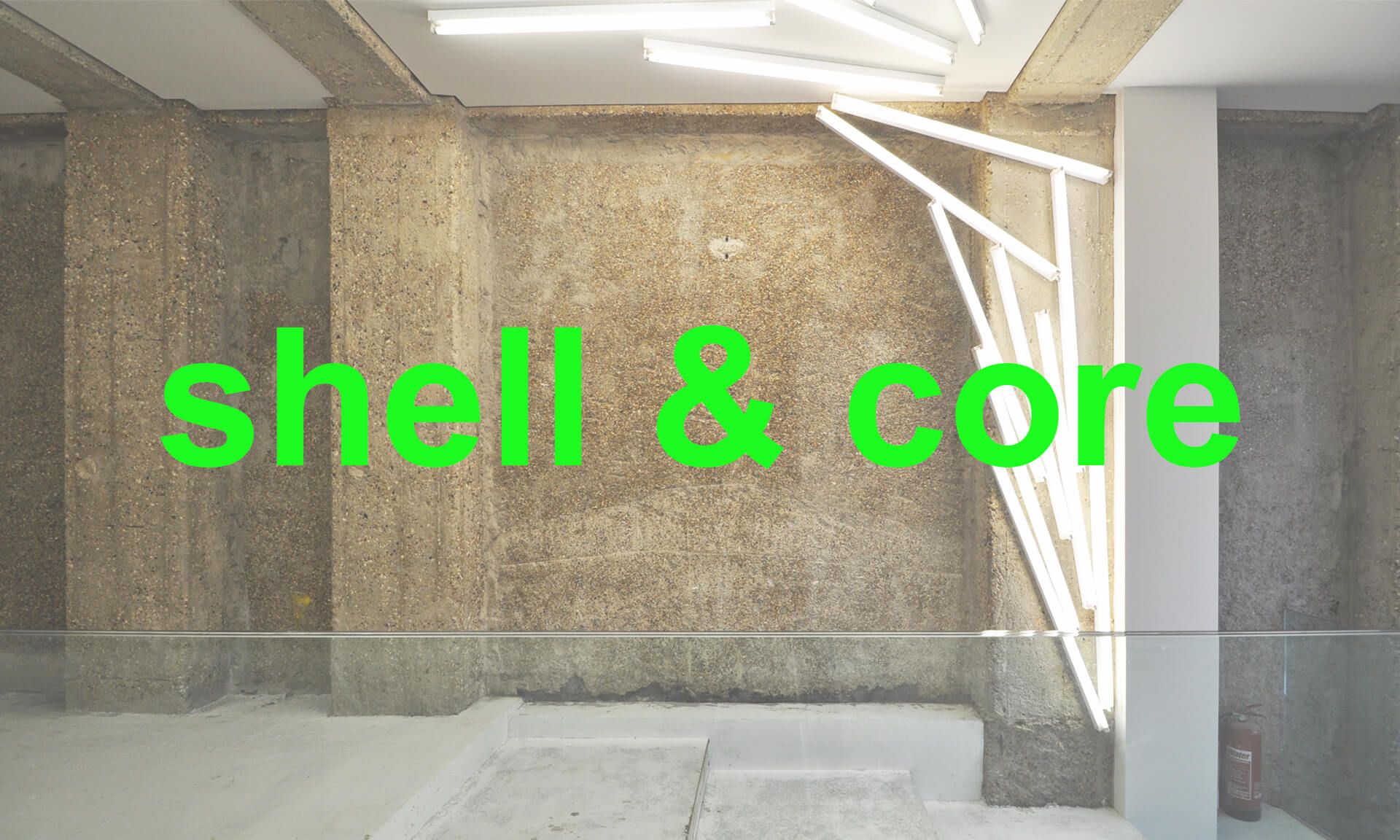
shell & core
Write your caption hereButton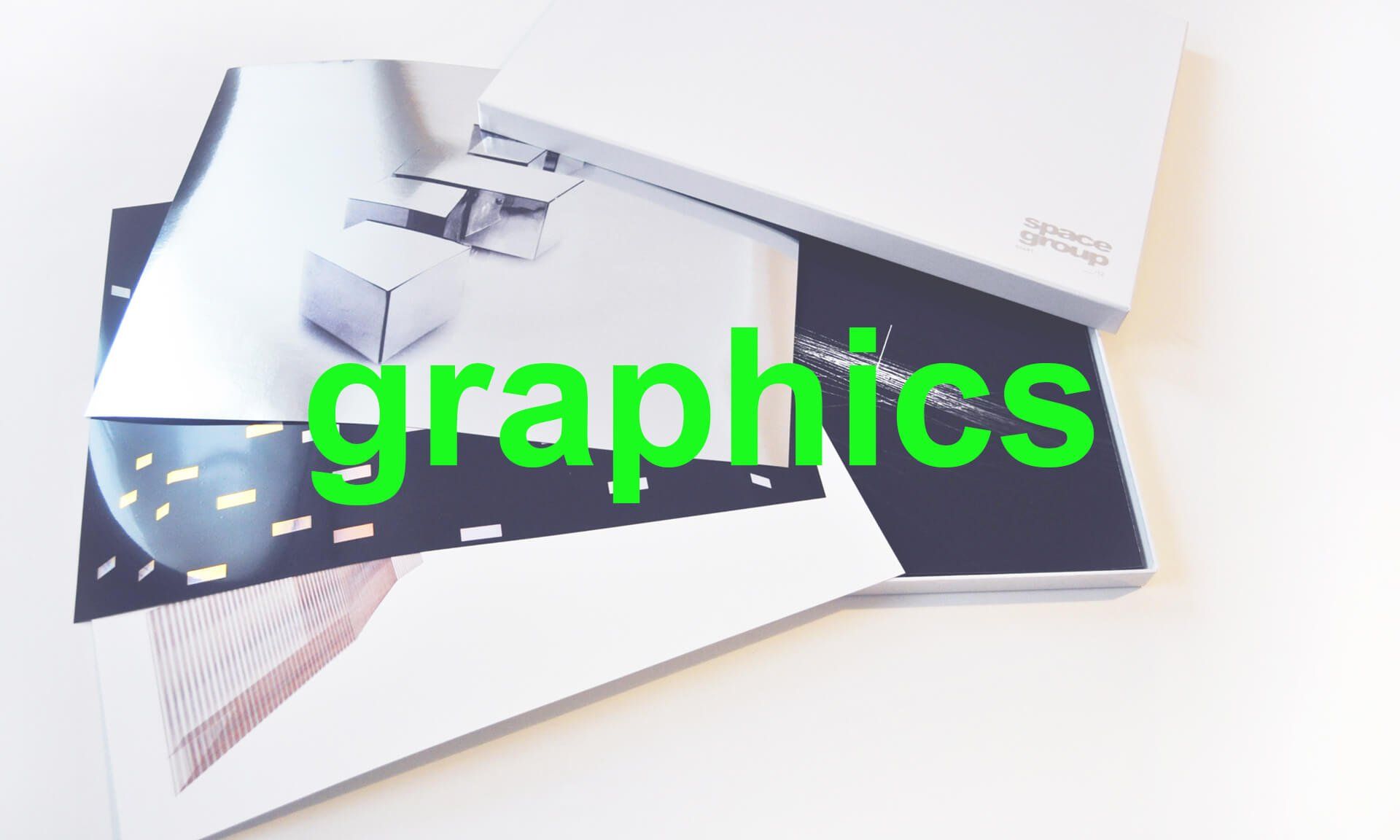
graphics
Write your caption hereButton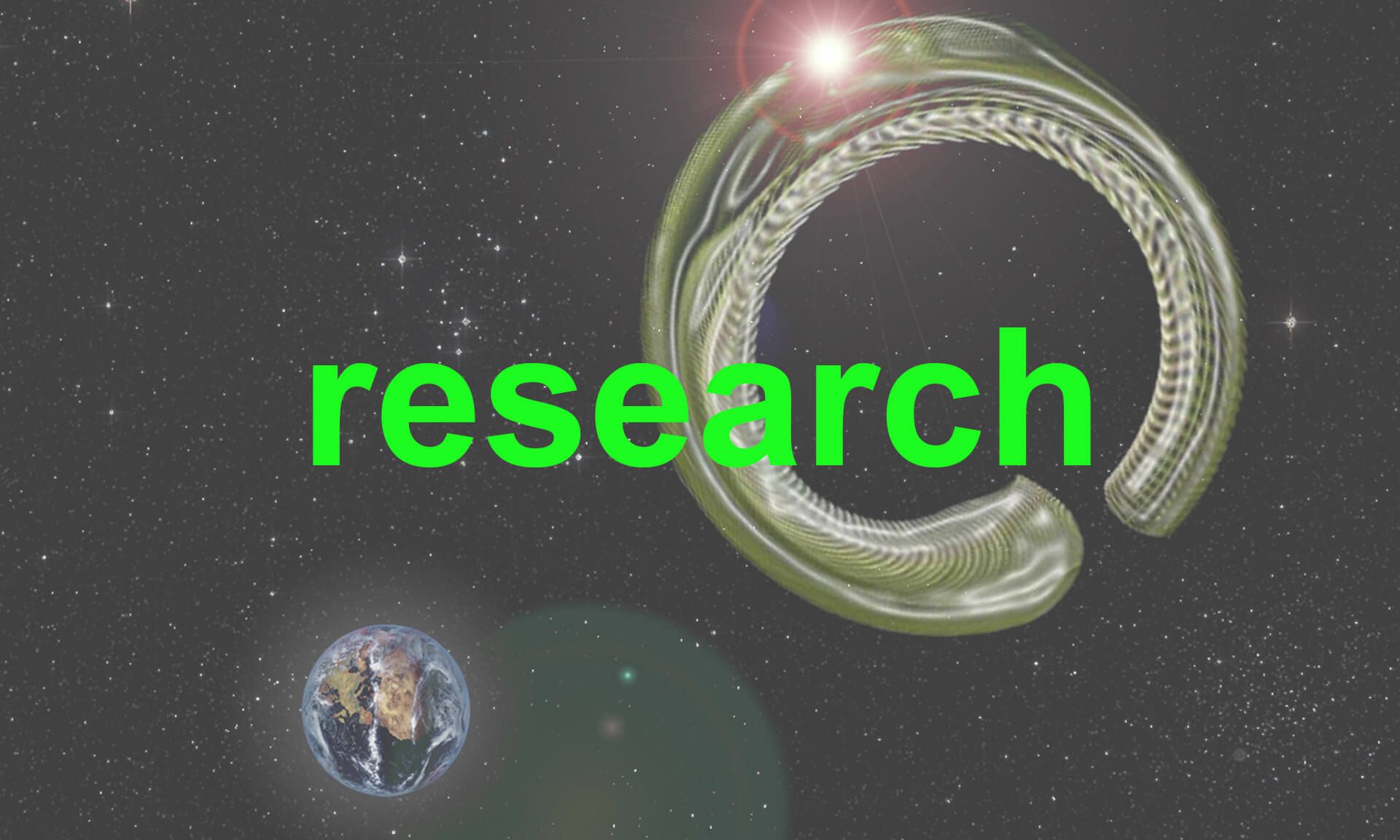
research
Write your caption hereButton
projects
Linear City
This theoretical urban research project investigates the option of linear growth of existing cities.
Whilst it is believed that the idea for a linear city was first developed by Arturo Soria y Mata for Madrid in the 19th century we believe that the principles date back much further: The Romans were the first to build an extensive road network and settlement happened along these. The prime locations were directly along these roads. Junctions became opportunities – that’s where cities evolved.
Traditionally the location of a road and a city is determined by its natural setting such as water, mountains, etc but also by commercial forces as we know from the Roman network. To this day the old city of Maku in Iran is a good example of how a linear city works well within a geographical context. 42,000 people live along an approximately 6km long ‘spine’ which is sandwiched into a valley. Nowadays it would be much easier to overcome natural challenges but instead environmental and financial issues are more relevant.
Whilst Arturo Soria’s model was the first of its kind to point out the potential it was clearly restraint: Long travel distances and a lack of public transport would not have allowed for a city of a larger – in this case longer – scale at the time.
Today we have different opportunities: Firstly there is an ever growing demand and acceptance for public transport. In addition to that transport as such, both private and public, is getting faster whilst also getting quieter at the same time. Magnetic trains, super-silent wheels and brakes offer great advantages. That enables us to explore the option of having various means of transportation integrated into buildings.
The Linear City ‘inverts’ this potential. – The rational infrastructure that connects two existing cities also contains all other aspects of life: Living space, work, leisure, education, healthcare, etc. In other words we can allow our cities to grow along the line that connects point A with B. – Just like the Romans did. Urban sprawl is traded in for an improved structure that in principle already exists.
Rules are required to ensure that access to all facilities that a human life needs are provided in certain intervals. – A kinder garden would be more frequent than say a hospital. Low and high speed trains connect all of these.
To further minimize the impact on the environment we propose to lift these long super-structures off the ground. By doing so one has more flexibility to react to various terrain conditions without having to alter train lines substantially. But it also allows nature to ‘flow through’ underneath the building. One can walk downstairs from his apartment into a massive outdoor space; back into the new wild.
Client: N/A
Budget: N/A
Status: Ongoing

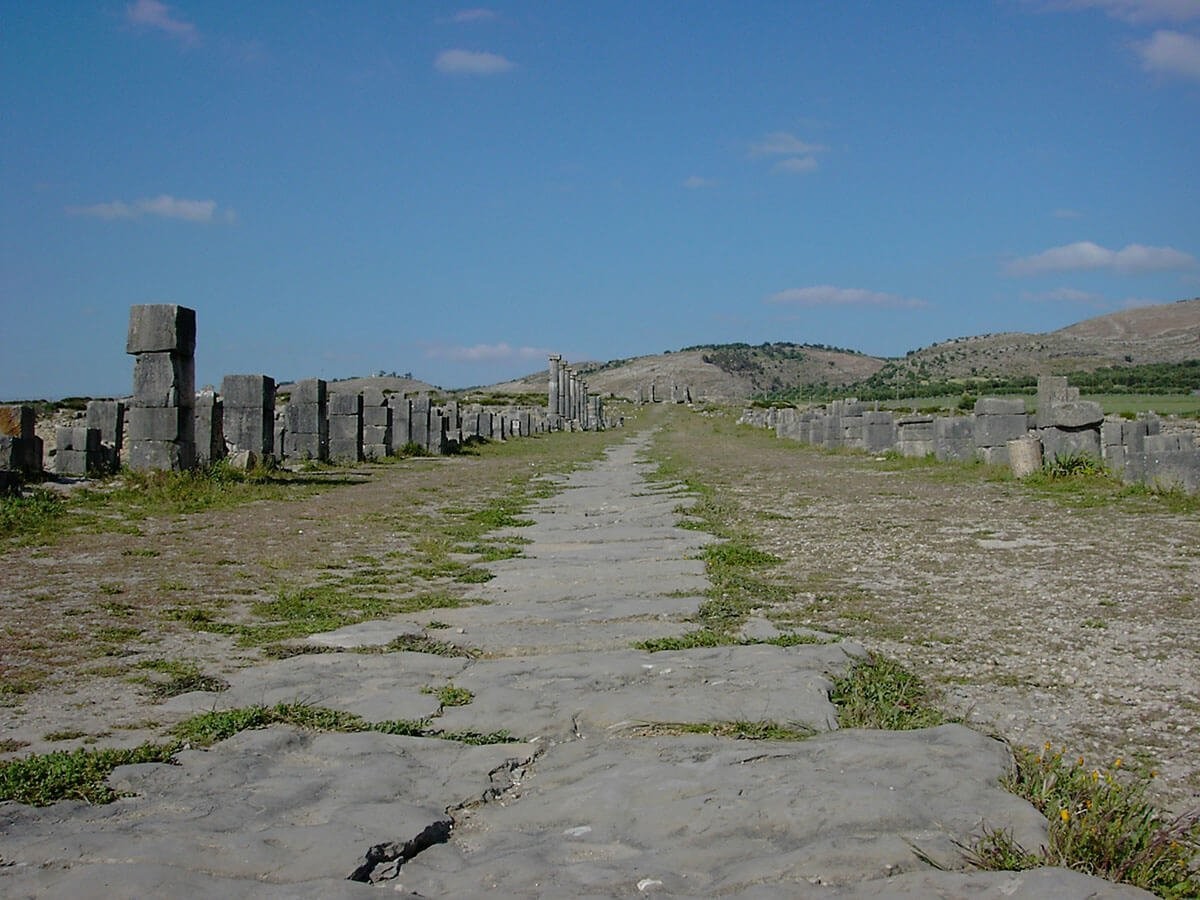
![Gueberwiller: Coexistence [infini] Gueberwiller: Coexistence [infini]](https://d2j6dbq0eux0bg.cloudfront.net/images/17145190/1075451390.jpg)
